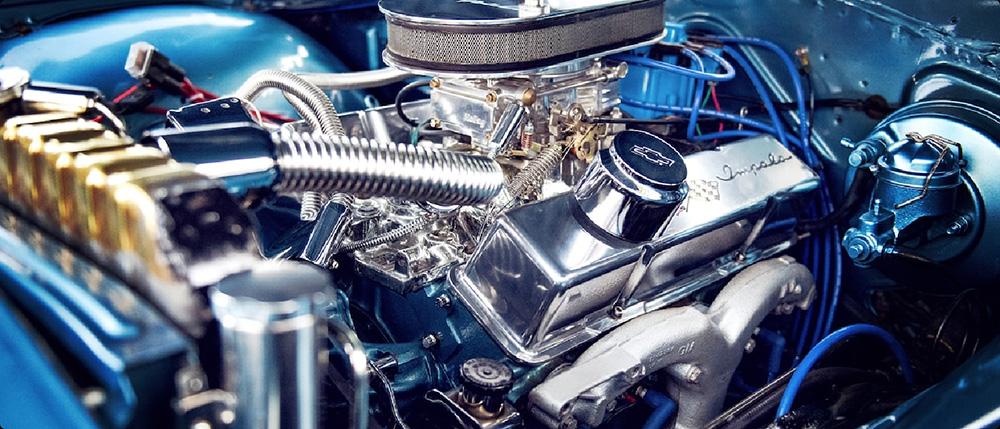Imagine a world where machines move with the grace of a conductor leading an orchestra, each note precise and perfectly timed. This is the promise of modern automation and robotics—machines that not only perform tasks but do so with astonishing accuracy and reliability. At the heart of these marvels lies a component often overlooked by laypeople but indispensable to high-precision movement: the positional rotation servo motor.

The Essence of Positional Rotation Servo Motors
A positional rotation servo motor is a specialized type of servo motor designed to provide controlled rotational movement within a specified angular limit. Unlike standard motors that offer continuous rotation, these servos are engineered to rotate to and hold a specific position, making them ideal for applications requiring exact placement and repeatability.
In essence, the key advantage of these motors is their ability to accurately position a shaft based on an input signal. This is achieved through sophisticated control systems that continuously monitor the motor’s current position and adjust accordingly, ensuring the output matches the desired target with minimal error.
The Anatomy Behind Precision
What sets a positional rotation servo motor apart from other motors is its integrated control circuitry and feedback mechanism. Typically, this feedback is provided by an encoder—either incremental or absolute—that constantly measures the shaft’s position.
Encoder: Converts mechanical position into electronic signals. Absolute encoders give a unique position value at all times, while incremental encoders provide relative position changes.
Controller: Receives signals from the encoder and compares the actual position with the target position. Based on this comparison, it adjusts the power supplied to the motor, correcting deviations.
Motor: Usually a small DC motor, geared for precise control, capable of moving to the specified position quickly and holding it securely under load.
This closed-loop system forms the backbone of positional rotation servo motors, enabling them to achieve startling levels of accuracy—often within fractions of a degree.
How Do They Work?
The operation begins with an input command—often from a controller or microcontroller—that specifies a target position. The servo’s control circuitry interprets this command and energizes the motor. As the motor moves, the encoder sends continuous feedback to the controller, which adjusts the motor’s power to fine-tune its position until it matches the target.
In many cases, this process happens so seamlessly that the motor appears almost sentient; it’s capable of moving rapidly from one position to another, holding steady against external forces, and returning reliably to the same spot time and again.
Applications in Industry and Beyond
The versatility of positional rotation servo motors makes them indispensable across various sectors:
Robotics: For joint positioning, end effector control, and precise movement paths. Manufacturing: In CNC machines and automated assembly lines where accuracy is paramount. Aerospace: For controlling flaps, landing gear, and instrument positioning. Medical Devices: In surgical robots and imaging equipment where precision is life-critical. Entertainment: Automated camera systems and animatronics rely on such servos for smooth, lifelike movements.
Advantages Over Other Technologies
Compared to stepper motors or traditional DC motors, positional rotation servo motors offer:
Higher accuracy and precision Superior torque control Better dynamic performance Rapid response times Improved energy efficiency
Their ability to maintain a precise position under varying loads, combined with fast, accurate movements, makes them a cornerstone technology in modern automation.
Challenges and Considerations
Despite their advantages, these servo motors also come with considerations:
Complexity: The feedback and control systems require sophisticated electronics and calibration. Cost: They tend to be more expensive than basic motors due to advanced components. Maintenance: Sensors and control circuitry may need regular verification or replacement to maintain accuracy.
Nevertheless, ongoing advancements in electronics and materials science are steadily mitigating these challenges, making positional rotation servo motors more accessible and reliable.
Kpower has delivered professional drive system solutions to over 500 enterprise clients globally with products covering various fields such as Smart Home Systems, Automatic Electronics, Robotics, Precision Agriculture, Drones, and Industrial Automation.




































